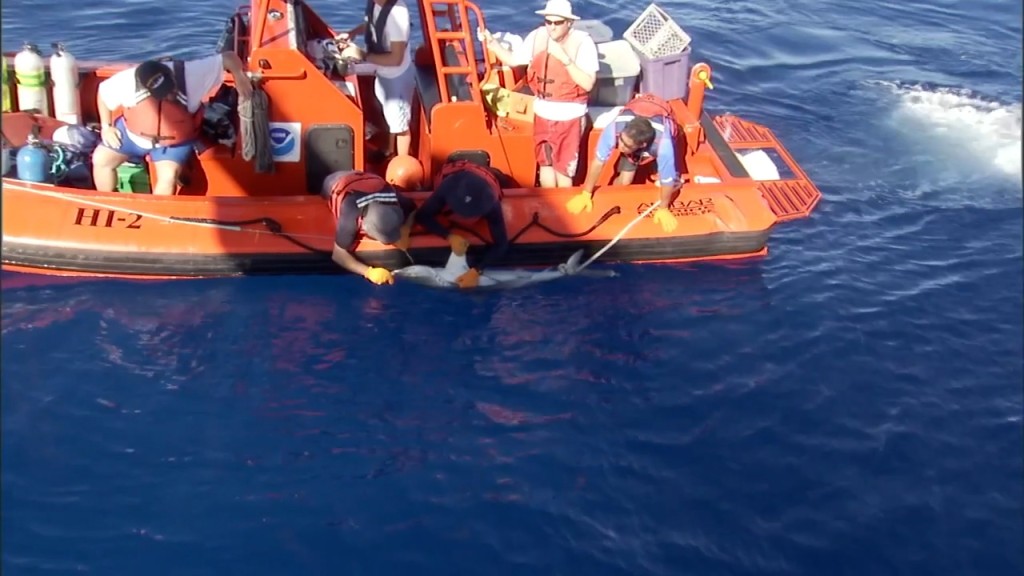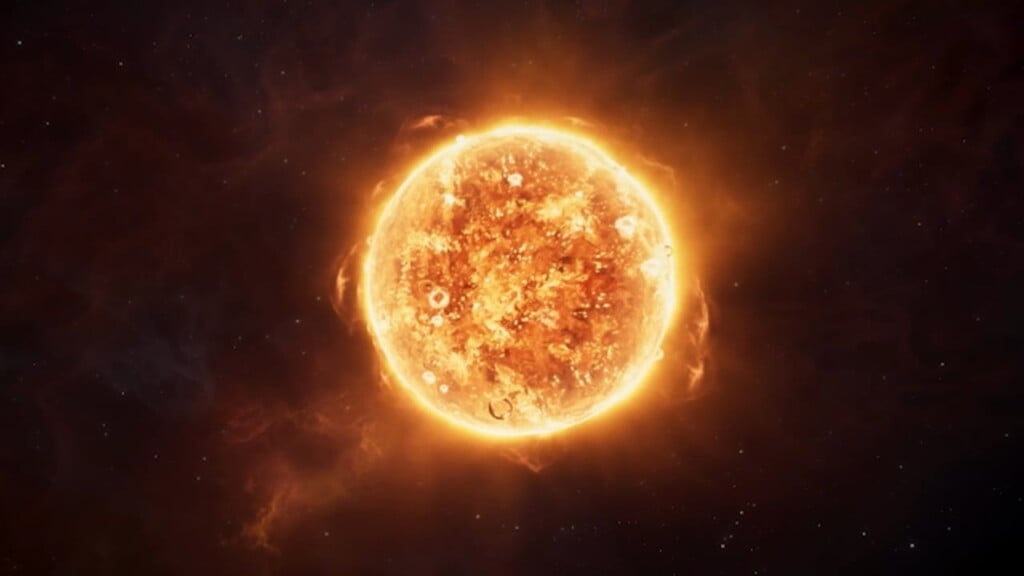Sharks in danger

JAMESTOWN, R.I. (WLNE) — There are so many sizes and types of sharks around the world. From the ancient Greenland shark that can live hundreds of years to the docile leopard shark, sharks are simply fascinating. They’re also vitally important to the ecosystem of the oceans.
Dr. Jason Ramsay, shark expert and associate professor of biology at Westfield State University, explained sharks are very common. If you’ve been in the ocean, you’ve probably been near a shark.
Even with their prevalence in the ocean, many species of shark are at serious risk. According to the IUCN Red List of Threatened Species, 37% of sharks and rays are listed as threatened. Their numbers are dropping fast because they can’t reproduce fast enough and in large enough numbers to outpace their dwindling populations.
Unlike the abundance of fish that can produce hundreds of eggs at a time, sharks are very different. Sharks do not reach sexual maturity for 15 years. In addition, they invest a lot of time with reproduction, and don’t produce a lot of offspring compared to most fish.
The main problem is the number of sharks being taken out of the population has become much, much bigger than the numbers they can produce.
The biggest threat to sharks is commercial fisheries. As commercial fisheries cast their nets for a target species, sharks following these fish to feed accidentally get caught as well. Hundreds of thousands of sharks are killed per day as this bycatch. A rate that is simply unsustainable. There are currently 19 species of shark that are illegal to catch because their numbers are so low.
Ramsay recommends the book Why Sharks Matter by Dr. David Shiffman to better understand the important role sharks play in the ecology of the oceans, the economy of the coast and how to help save them.



